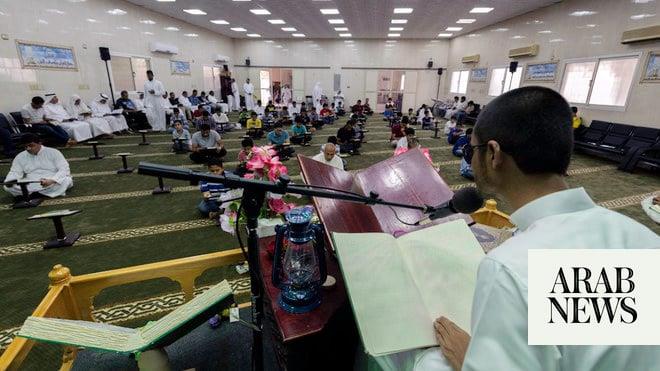
Three Egyptian graduates of engineering, computer, information and commerce have developed two tools that allow deaf and blind people to communicate easily with the world. The new tools are an Arabic-speaking glove and an electronic bracelet that translates their hand gestures into words.
These tools have been selected to represent the Egyptian youths creative ideas at the Gallery Walk Exhibition hosted by the United Nations in its New York headquarters in September, during the 63rd General Assembly.
People with visual and hearing impairments rely on sign language to communicate with the world, but this requires training for both the people with disabilities and the people around them. The communication process is lost if either one of the two parties is untrained in these gestures.
The new glove and bracelet address this problem.
The developers reached an agreement with the Hope City foundation in Egypt, which is concerned with helping deaf and blind people, to start using these tools in two weeks. The glove and the bracelet passed a technical test under the supervision of specialists from a competition organized by the British University in Egypt in March, in which the two innovations won the first place.
Eng. Khaled Ayada, one of the gloves developers, told Asharq Al-Awsat: "There are many similar products, but this glove is the first to speak Arabic."
He explained that the glove boasts letters distributed in the same way a blind or deaf person is usually trained on them in sign language. When pressing these letters, the glove pronounces the words that the blind or deaf person wants to say.
This glove is also useful when the disabled person is in a community that does not know his language, so he can use it to express when he is hungry or wants to go to the bathroom.
Ayada said that the other tool, the bracelet, basically aims at keeping the disabled people in contact with their caregivers, even when they are not home.
The bracelet features several buttons, and it connects to the smartphone through an IoT-powered app dubbed "Hear me". Each button on the bracelet provides the phone with a different message.
"For instance, when pressing the square-shaped button, it delivers a message saying the wearer is sick, while the circle-shaped button says he is hungry," Ayada added.












